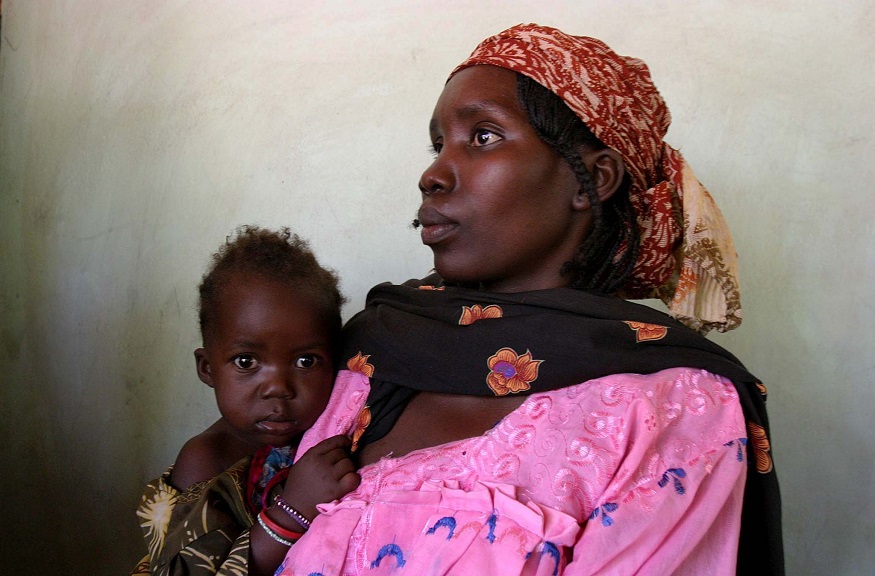Antimalarial – Lumefantrine POP/PK Study Group
Antimalarial – Lumefantrine POP/PK Study Group

This Study Group is an extension of analysis from a previous study group: The Lumefantrine PK/PD Study Group, which aimed to refine the definition of therapeutic concentrations and to determine patient factors that cause changes in lumefantrine pharmacokinetics substantial enough to compromise the efficacy (or safety) of artemether-lumefantrine.
Artemether-lumefantrine (AL) is the most widely used treatment for uncomplicated Plasmodium falciparum malaria, and lower cure rates and lumefantrine exposures have been reported in children below 5 years of age and pregnant women. The aim of this pooled analysis was to determine the optimal dose regimen that achieves equivalent drug exposure in all patient groups.
Lumefantrine concentrations-time data from 4,122 patients from 26 studies were collated and pooled for an individual participant data meta-analysis.
Data sets contributed were transformed, standardised and pooled according to the WWARN Pharmacology and Clinical Data Management and Statistical Analysis Plans. A population pharmacokinetic-pharmacodynamic model was developed for lumefantrine to understand how body weight, pregnancy, and baseline parasite density influence drug levels.
WWARN is committed to supporting efficient and quality data collection and analysis for antimalarial drug research. As such you can download the code 1 & code 2 files used for this Study Group:
NONMEM is a computer program, NONlinear Mixed Effects Modeling, used by WWARN’s Pharmacometric Scientific Group.
The study group has closed, and the manuscript published:
Kloprogge et al. Artemether-lumefantrine dosing for malaria treatment in young children and pregnant women: A pharmacokinetic-pharmacodynamic meta-analysis. PLOS Medicine. 2018; 15 (6): 1-27 Doi: 10.1371/journal.pmed.1002579 PMID: 29894518
- Small children and women during their second and third pregnancy trimester displayed lower lumefantrine exposures than non-pregnant adults when receiving the recommended 3-day dosing regimen
- The developed lumefantrine population pharmacokinetic model was used to evaluate 3 alternative dosing regimens
- A 5-day regimen of current weight-based standard twice-daily doses for small children and pregnant women beyond their first trimester is most favorable from a pharmacological perspective.
Kloprogge et al. Artemether-lumefantrine dosing for malaria treatment in young children and pregnant women: A pharmacokinetic-pharmacodynamic meta-analysis. PLOS Medicine. June 12, 2018.
Read the news story summarising results.






